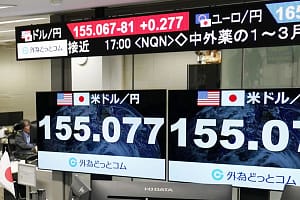Indian takeaways could rise by as much as 50% due to inflation and the days of a cheap Friday night curry are “coming to an end.”
The Chairman of The Asian Catering Federation, Yawar Khan warned “days of a cheap Friday night curry are coming to an end” as Indian food costs are going to increase to wholesale food prices.
The Mailonline reported that ingredient suppliers have told manufacturers that spices used in Indian curry dishes will rise by 50%, whilst other ingredients will rise by as much as 25%.
The issue has been made worse due to rising wage costs, transportation and utility bills, which have all rose by almost 30% over the past two years and there has been a 3.2% increase in the Consumer Price Index.
Khan, who also owns his own restaurant, told MailOnline, “Prices are going up for a lot of ingredients.
“Things like cooking oil we used to pay £19 (for a 20litre drum) and now it is £24.
“Spices would normally cost around £5-per-kilogram (2lbs), but now costs around £6.50. Lamb has gone up 20%, chicken about 20 to 25%.”
Staff shortages were contributing to the problem, as “restaurants are having to pay more to be able to get staff to stay open.
“They are paying around 15 to 20 more in salaries. Restaurants then have to pass all of these extra costs to the customers in order to survive.”
He added, “Much of the public are wedded to the idea that curry has to be cheap and that drives down quality. But I think the days of a cheap Friday night curry are coming to an end.”
Commodity analyst Jara Zicha said a range of factors which are contributing to the price rises.
He explained, “The UK spice market, like many other markets, has been hampered by freight issues and Brexit.
“Soaring freight costs, shipping delays, lack of container capacity, port bottlenecks, HGV driver shortages, rising warehouse costs – all these are impacting supply availability and driving costs higher.
“Then you add weather-related issues in some of the producing countries and rising costs of packaging and there is obvious pressure on importers.”






Leave a Comment